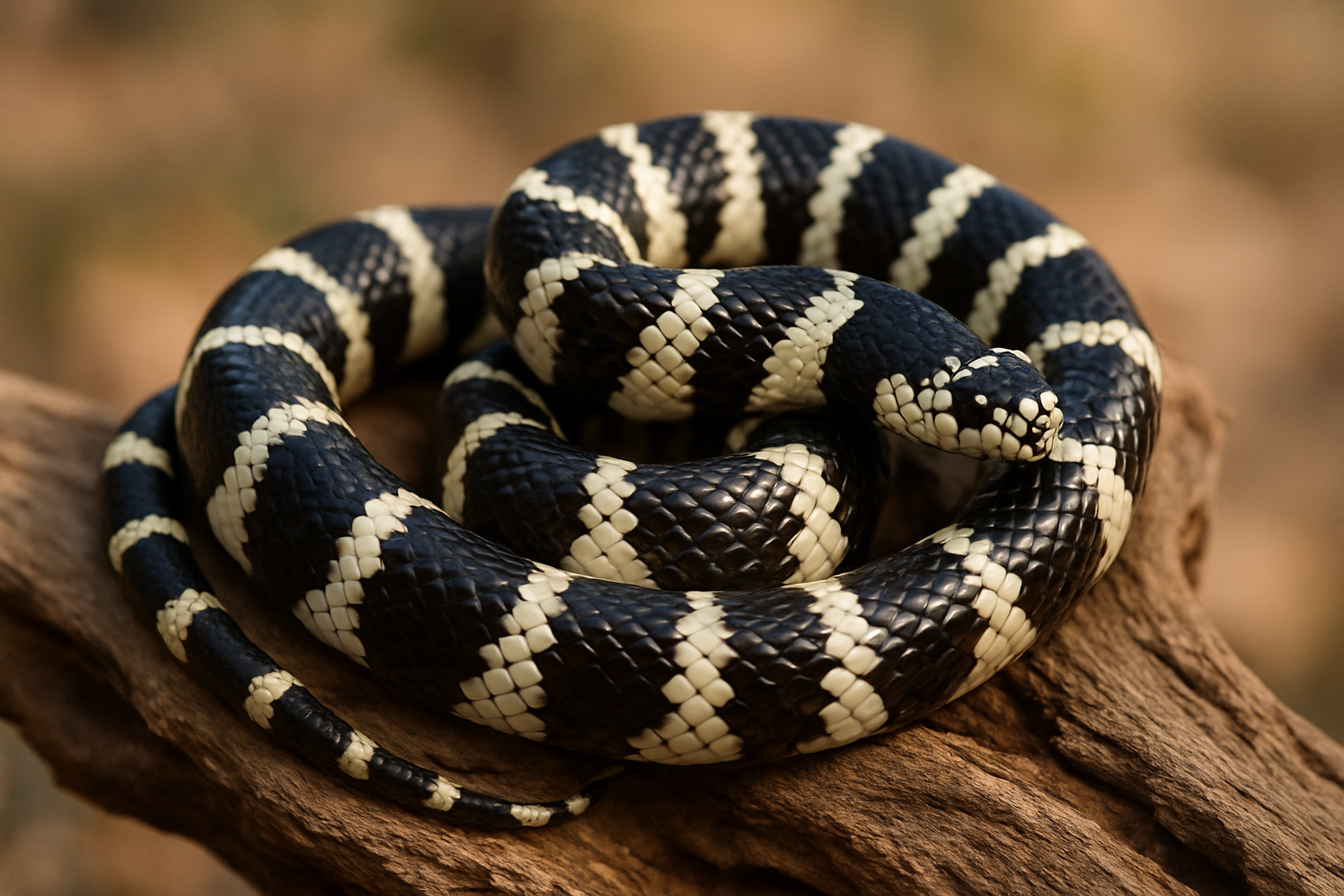

King Snake & Rat Snake Diets: Nutrition and Feeding Guide
Wild Diets of King and Rat Snakes
King snakes and rat snakes are versatile hunters. In the wild, king snakes consume rodents, birds, reptiles, and even other snakes, while rat snakes primarily feed on rodents, eggs, and birds. Their varied diets give them access to a wide range of nutrients, helping them maintain lean muscle and good health. For practical guidance, resources such as the king snake care sheet and the rat snake care sheet offer overviews of general husbandry.
Nutritional Needs of King and Rat Snakes
Both species are obligate carnivores and require diets high in protein and moderate in fat. Calcium and phosphorus are essential for skeletal health, while vitamins such as A and E play roles in vision, immunity, and antioxidant protection. Excess fat in captive diets can cause obesity, while vitamin deficiencies may lead to poor sheds or reproductive issues. The MSD Veterinary Manual’s reptile nutrition section emphasizes the importance of balancing micronutrients to avoid these problems.
Feeding Practices in Captivity
In captivity, king and rat snakes are commonly fed frozen rodents. Although this provides adequate protein, it can also introduce imbalances. Laboratory rodents often have higher fat levels than many wild prey species. In addition, nutrient degradation during frozen storage can reduce levels of vitamins like vitamin E. The Orianne Society’s prey nutrient study demonstrates how variable wild prey nutrition truly is, compared to standardized captive prey.
Feeding Frequency for King and Rat Snakes
Feeding frequencies depend on age, size, and metabolism. Juvenile king snakes and rat snakes should be fed every 5–7 days with prey items that are appropriately sized to their midsection. Adults generally do well on a 7–14 day feeding cycle, depending on activity and body condition. Overfeeding can lead to obesity, while underfeeding may result in slow growth and poor sheds. Consistent feeding logs allow keepers to track patterns and ensure their snakes stay on schedule. For extra support, you can also download our free Colubrid Nutrition Care Sheet for quick reference.
Feeding Tips for Healthy Colubrids
Snakes that refuse food may respond better to meals warmed to body temperature, offered in low-light conditions, or scented with familiar smells. Portion size remains important, as prey larger than 1.5 times the snake’s body width can cause regurgitation. These strategies, paired with a reliable king snake feeding guide or rat snake feeding guide, can help keepers troubleshoot challenges and maintain consistency. Keeping a regular feeding log, as mentioned above, also ensures balanced nutrition over time.
Keeping King and Rat Snakes Healthy
King snakes and rat snakes thrive on diets that provide balanced protein, fat, vitamins, and minerals. Careful management of feeding frequency, prey size, and nutrient balance supports their long-term health in captivity. For more practical tips, explore our snake nutrition care sheet or visit our product page.
